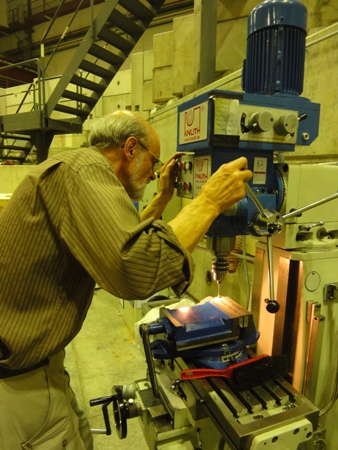A research team from TRIUMF, SFU and University of British Columbia has done a study on manipulation of anti-hydrogen atoms using microwaves. The observations will be published in the journal Nature, which provides the first insight on "anti-atomic fingerprint."

The stable entrapping of antihydrogen atoms has been studied by the ALPHA research team. These atoms are the antimatter counterpart of hydrogen. The advancement of the study has appeared in three Nature papers in more than a year’s time.
The anti-atoms were measured by trapping them in a magnetic trap and this was followed by microwave irradiation. The atoms were kicked out of the trap by hitting the internal resonance through the accurately tuned frequency of microwave and magnetic field. The property details of the anti-atoms were thus revealed.
The lead author of the paper and a physicist in Simon Fraser University, Mike Hayden said that for a long time researchers explored about the inherent properties of antimatter atom that may help to know about the universe. Way back from the last century, physicists developed and used microwave methods for studying normal atoms such as hydrogen. After 60 to70 years, the scientists have observed the first interaction of microwave with an anti-atom.
A specialist in microwave spectroscopy at UBC and a co-author of the paper, Walter Hardy stated that the work illustrates the possibility of employing microwave spectroscopy to anti-atoms that are highly complicated. ALPHA will enter into an upgradation phase that depicts the core structure of anti-matter atoms.
The apparatus for the study was developed by Hayden and Hardy. They worked together with Tim Friesen and Mohammad Ashkezari, PhD researchers from the University of Calgary and SFU, respectively. York University and Vancouver-based TRIUMF laboratory scientists teased the faint signals from an advanced detector system, which revealed the matter-antimatter annihilation activities.